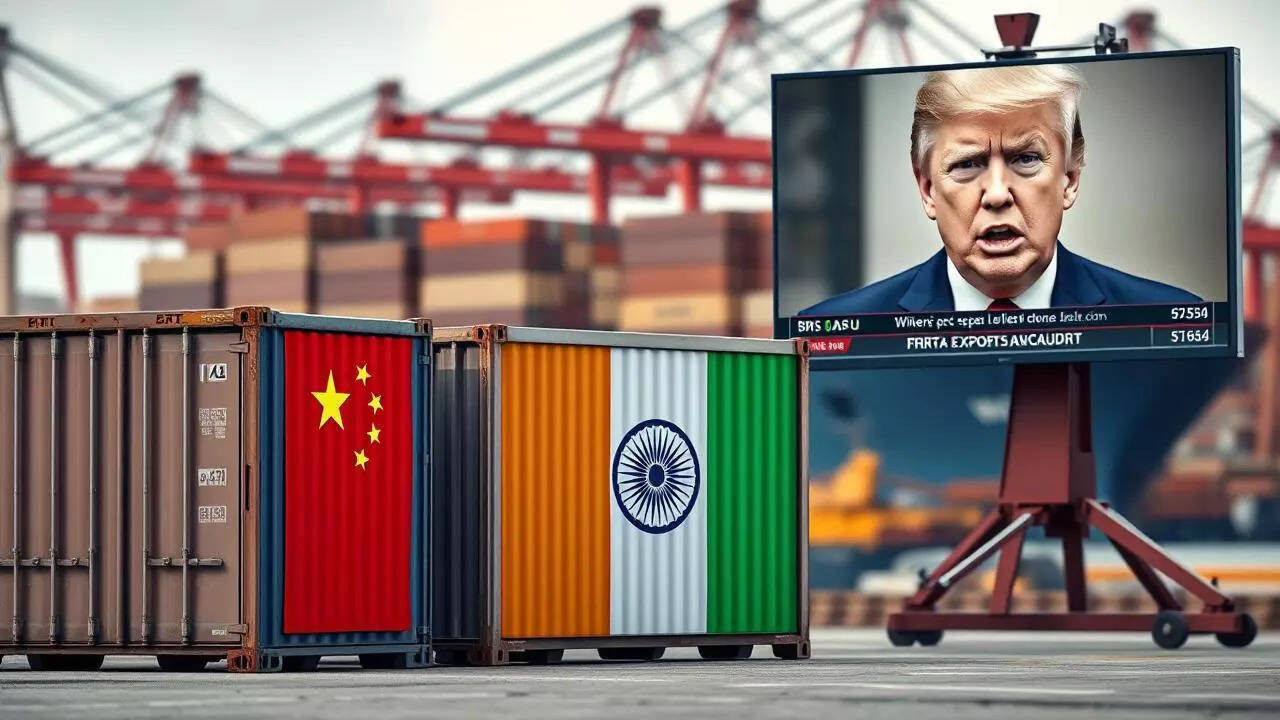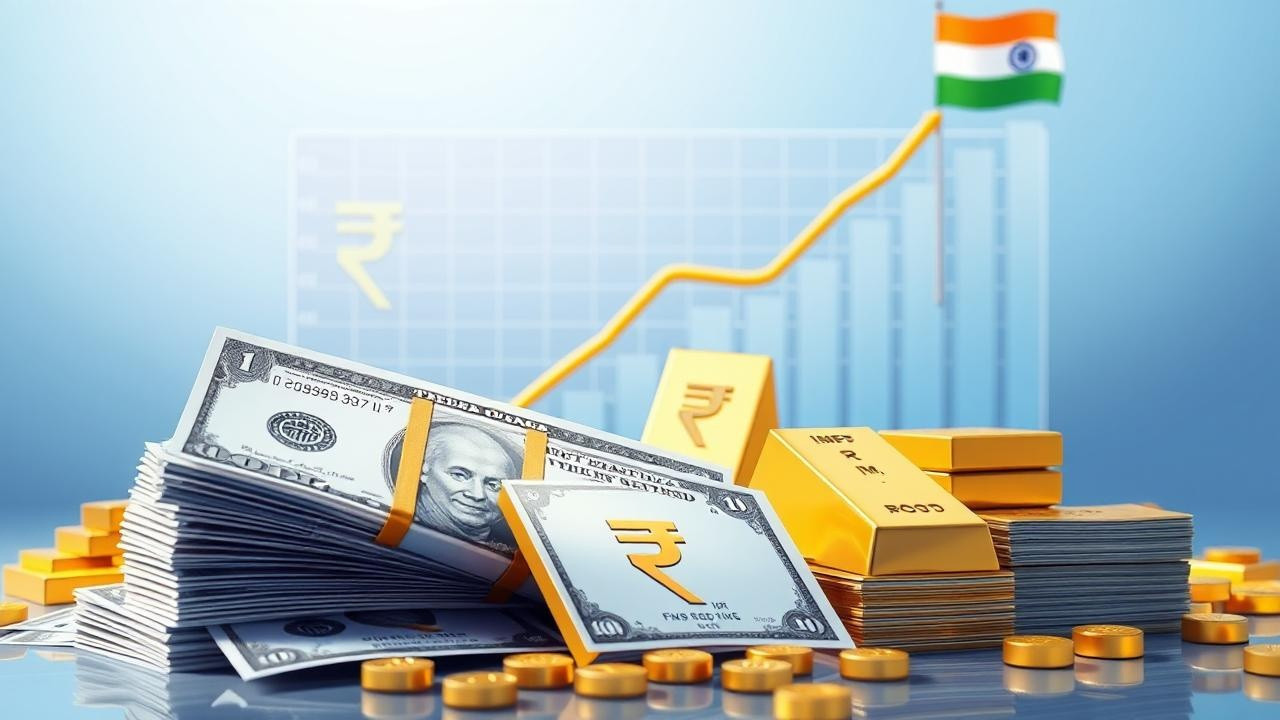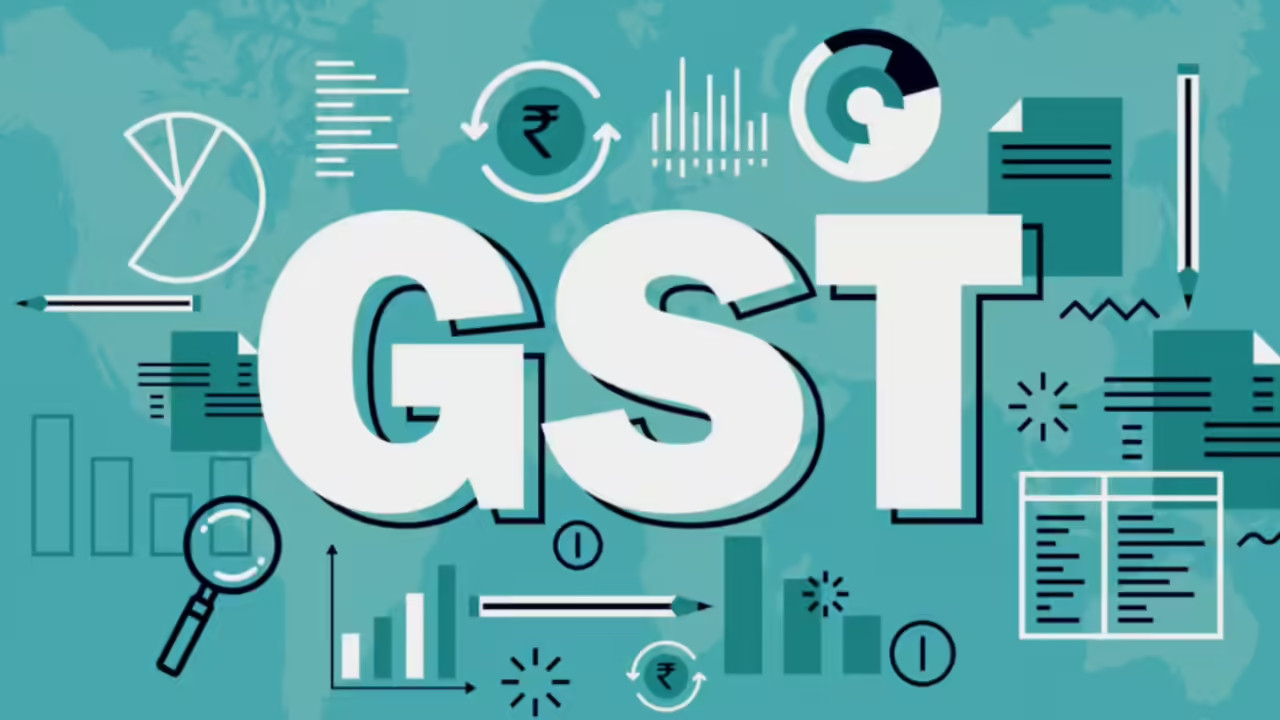Amidst trade tensions with the US, China has strategically shifted its export focus, increasing shipments to India, the EU, and ASEAN. While China’s overall exports saw a moderate rise, exports to the US significantly declined, offset by growth in other markets.
Is India Ready to Catch the Falling Dragon’s Scales? Why China’s Export Dip to the US Should Have Us Riveted
Okay, let’s talk global chess. Picture this: a dragon, historically dominant, suddenly falters. Its scales, once gleaming with the sheen of booming exports, are starting to tarnish, especially those headed towards the US. That dragon is China, and the faltering? A significant decline in exports, largely fueled by the ongoing, albeit shifting, trade dynamics with the United States.
Now, you might be thinking, “So what? That’s happening over there.” But hold on. This isn’t just a geopolitical spectator sport. This has direct implications for India, and frankly, we need to be paying very close attention.
The recent data is compelling. China’s exports to the US have taken a noticeable hit. We’re not talking about a minor wobble; this is a pronounced dip that throws a long shadow. While the specific reasons are complex, the lingering effects of the Trump-era trade war, coupled with evolving global supply chains and a growing desire for diversification beyond China, are major players.
Think of it like this: businesses, burnt by tariffs and uncertainty, are starting to re-evaluate their dependencies. They’re asking themselves, “Do we really want to rely so heavily on a single source for all our goods? What happens if that source gets bottlenecked, politically entangled, or simply becomes too expensive?”
This shift creates a vacuum, an opportunity. And in the world of international trade, a vacuum is quickly filled. The question is, can India step up and capture a significant portion of that lost Chinese market share?
The answer, unfortunately, isn’t a resounding “yes.” It’s more of a hesitant, hopeful “maybe…if.”
India has a lot going for it. We have a massive and increasingly skilled workforce, a growing manufacturing sector, and a government actively pushing initiatives like “Make in India” to boost domestic production. We have the potential to be a global manufacturing hub, a true alternative to China.
But potential is just that – potential. It needs to be nurtured, developed, and strategically deployed. And that’s where the challenge lies.
One key hurdle is infrastructure. We’ve made progress, but our ports, roads, and power grids still need significant upgrades to efficiently handle the volume of goods required to truly compete with China. Imagine trying to win a race with a Ferrari engine in a rickshaw chassis. That’s essentially what we’re facing.
Another area demanding attention is our regulatory environment. While reforms are underway, navigating the bureaucratic maze can still be a nightmare for businesses, especially foreign investors. We need to streamline processes, reduce red tape, and create a more transparent and predictable business landscape. Simply put, we need to make it easier for companies to set up shop and thrive here.
And let’s not forget the crucial role of innovation. We can’t simply replicate what China is doing; we need to leapfrog ahead by focusing on higher-value manufacturing, advanced technologies, and sustainable practices. We need to be the source of cutting-edge solutions, not just a lower-cost alternative.
So, where does this leave us? China’s export slowdown to the US is undoubtedly a moment of opportunity for India. But grabbing that opportunity requires a concerted effort on multiple fronts. It requires strategic investment in infrastructure, a commitment to regulatory reform, and a relentless focus on innovation.
We can’t afford complacency. We can’t assume that market share will automatically fall into our laps. We need to be proactive, aggressive, and laser-focused on becoming a truly competitive alternative to China.
This isn’t just about boosting our exports; it’s about securing our economic future. It’s about creating jobs, attracting investment, and building a stronger, more resilient economy.
The scales of the dragon may be tarnished, but it’s still a formidable beast. We need to be smart, agile, and incredibly determined if we want to truly capitalize on this pivotal moment. The prize is huge, but the path to claiming it is paved with challenges. The time to act is now. Are we ready? I, for one, hope so. Because the future of India’s economic power might just depend on it.







